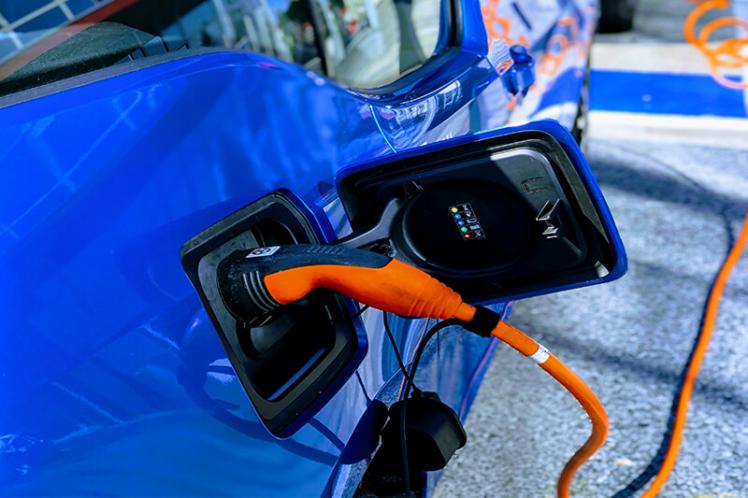Key Steps for Implementing a Green Supply Chain

In this article, Mark Millar discusses the key steps logistics and supply chain executives take to make their supply chain more environmentally responsible.
From the tactical perspective, the biggest and most obvious starting point is reducing the fuel bill. Even though recent fluctuations in oil prices reinforce the synopsis of an old Mark Twain comment “If your oil price forecast is right, wait a moment”, the fact is that the Transportation sector is the second largest contributor to Global C02 Emissions, after the power industry. Within the transportation sector, road transport is far the biggest contributor of emissions, responsible for over 70% of the sector’s total emissions.
Across the logistics networks that empower today’s supply chain ecosystems, there are numerous opportunities from the transportation perspective to reduce fuel consumption, thereby decreasing both costs and emissions.
Trucking around the world, particularly in developing markets, is inherently inefficient - the majority of trucks are travelling with sub optimal space utilisation frequently with half the available capacity being wasted. The majority of back-haul (return journeys) is massively under-employed, especially in emerging markets – resulting in unnecessary fuel consumption and excess emissions, not to mention traffic congestion with its related productivity impairments and air quality implications, plus of course the wear and tear on the trucks and the road infrastructure.
If supply chain ecosystems can deploy better fleet management and transport routing systems, whilst using more modern fuel-efficient trucks, we can take a massive amount of trucks off the road, easing congestion and reducing fuel consumption - good for the environment as it decreases emissions - and good for the business because it saves money.
One example of improving transport capacity utilisation is to consolidate low and high density freight onto the same vehicle. For example, combining products that are small and heavy together with bulky but lightweight products – thereby optimising the truck load in relation to its weight capacity, whilst maximising the use of the vehicle space. Think of a crate of pillows versus a crate of ball bearings; or 10 kg of bowling balls versus 10 kg of ping pong balls.
Contrary to the popular belief that only large corporations can afford to be environmentally friendly, implementing and operating a green supply chain is equally applicable for small, medium and large companies alike – including local players and multinationals.
As with any corporate activity or strategy, an effective and successful environmental strategy will only work if it has the understanding and support of the workforce and is seen as part of a long-term, permanent business value. This involves regular training and education on the issue at all levels, with continued monitoring programs to measure progress and feedback from the board room to the shop floor (or truck cab), so that everyone understands the role they have to play.
For those supply chain executives still uncertain as to how to go about establishing and managing an environmental strategy, there are numerous organisations ready and willing to help, ranging from trade and business associations to government bodies. Whether your company is just starting out on the green supply chain journey, or already well on its way, there will always be scope for continuous improvement in green supply chain initiatives that are both environmentally friendly and deliver results to the bottom line.
For real world insight on realising sustainable supply chains read Mark Millar’s book, Global Supply Chain Ecosystems, in which Mark discusses the most pressing challenges in 21st century supply chains and advises how to develop strategies for competitive advantage in a complex connected world.




